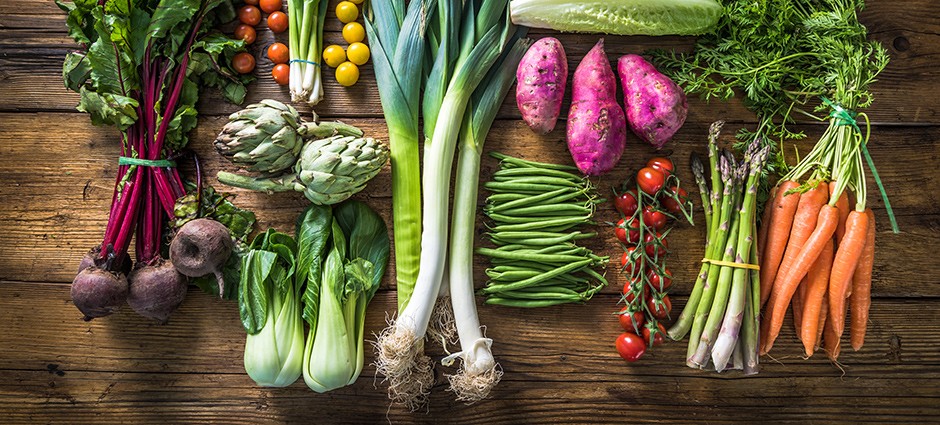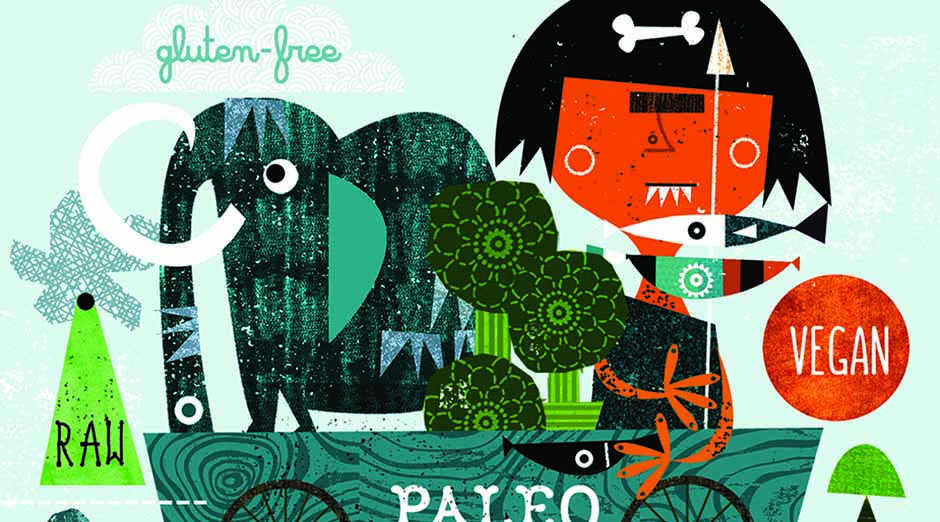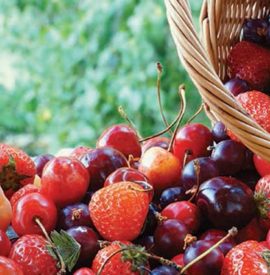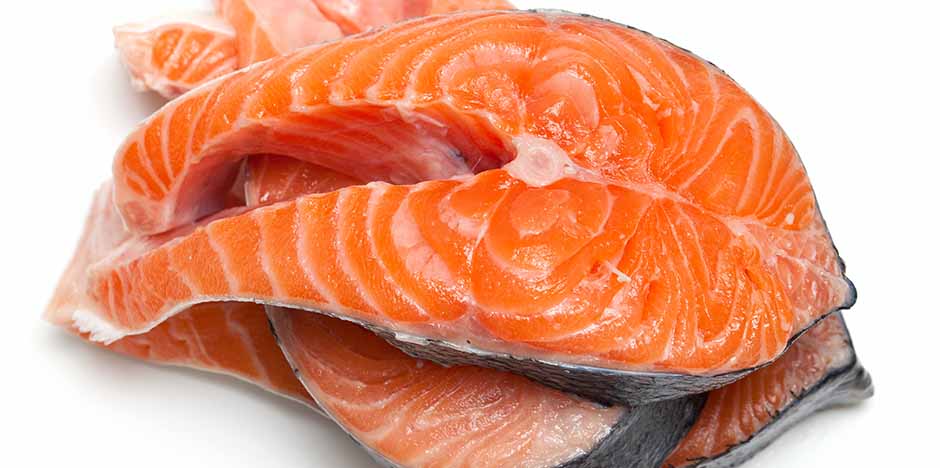There’s nothing more unique to you than your DNA. So it makes sense that choosing foods that gel with your personal genetic code would be a smart way to eat. This approach—called nutrigenomics or culinary genomics—shifts dietary recommendations from a macro perspective to one that focuses on you, the individual. Amanda Archibald, R.D., founder of The Genomic Kitchen, explains how these fascinating disciplines are changing the knowledge base of what we should eat and why.
It seems that everyone is looking for the perfect diet. How do nutrigenomics and culinary genomics reduce the confusion?
The most important thing is that nutrigenomics and its kitchen companion, culinary genomics, are not part of a single diet or weight-loss plan. Together, they represent a new way of thinking about how we choose, prepare and understand ingredients to optimize long-term health.
Our genes don’t lie. The most precise insights into how and what each of us should eat is derived from our genomic blueprint. Each of us has a complete set of DNA called our genome, which determines who we are. Genomics is the study of genes and their functions in the body. Genes produce proteins that essentially direct your health through their many functions.
Nutrigenomics tells us precisely how the food we eat interacts with specific genes, turning them on or off, for example. For instance, we know which genes induce inflammation when they are activated; nutrigenomics tells us the foods with the opposite effect—turning these same genes down or off. In other words, you are choosing foods not based on “healthy” or “good for you,” rather on the basis of how these foods affect your body. Nutrigenomics allows us to look beyond generalized guidelines to more precise ways of shopping for and preparing foods based on how the foods influence specific genes.
To complete the circuit, culinary genomics is literally preparing and cooking foods that talk to your genes. It is cooking for the language of your DNA to ensure that foods retain the nutrients and information our body and genes need to function efficiently.
Is it necessary to buy a genetic test to know what to eat for your genome?
In short, the answer is no. The beauty of nutrigenomics is that the science applies to us all. For instance, we know how to turn on genes that produce antioxidants to quench troublesome free radicals. How? When the body is under stress, bioactives (most frequently found in vegetables, fruit, herbs and spices) initiate the process of activating genes whose products are powerful antioxidant enzymes. Those foods work the same way for you as they do for me. A gene is a gene. What differentiates us is how much of that food is needed. Those differences have to do with gene variants, and that’s what genomic testing pinpoints.
That being said, if you want the most precise understanding of which foods will optimize your genes, then a genomic test is recommended. Be cautious, though; there are lots of testing companies, but there are fewer trained clinicians to accurately interpret and apply personalized genomic information to everyone.
Can eating for our genes make a difference in our health?
The answer is an emphatic “yes”! I talked about turning on a gene that helps the body produce antioxidants, which combat unstable free radicals that are harmful when their numbers get out of control. Most of us are familiar with antioxidants from food, such as vitamins A or C. Although these vitamins help manage free radicals, we have a far more powerful antioxidant tool in the body called the Nrf2 pathway, a transcription factor (a protein that converts DNA into RNA) that is produced by a gene called NFE2L2. When Nrf2 is activated, it produces powerful antioxidants that I call firehoses. Food turns on that Nrf2-firehose pathway.
What foods would you recommend?
This is where anyone can become a savvy culinary genomic shopper and cook. Nrf2 is activated by bioactives, non-nutrient compounds that send a signal to Nrf2 to get to work. Nutrigenomics tells us which foods contain bioactives. Culinary genomics tells us how to prepare and cook those foods to get the most bioactives. Some Nrf2-friendly foods:
- Cruciferous vegetables like broccoli, brussels sprouts, radishes, cauliflower and turnips contain the bioactive sulforaphane, which talks loudly to Nrf2.
- Onions, leeks and shallots contain the bioactive quercetin, which activates Nrf2 and can also turn down the impact of other inflammation-causing genes.
- Herbs and spices also speak the language of Nrf2 and quercetin. Look for fresh herbs such as basil, oregano, parsley, rosemary, sage and thyme.
Genomic Testing
Genetic tests are cheek swabs; no blood work is needed. Prices vary from a few hundred dollars to more than $1,000, depending on how many genes are being tested. Expect to pay about $1,200 for a whole-body wellness screening that looks at the body’s primary systems. A test on a single body system, such as cardiovascular health, will cost much less.










Comments